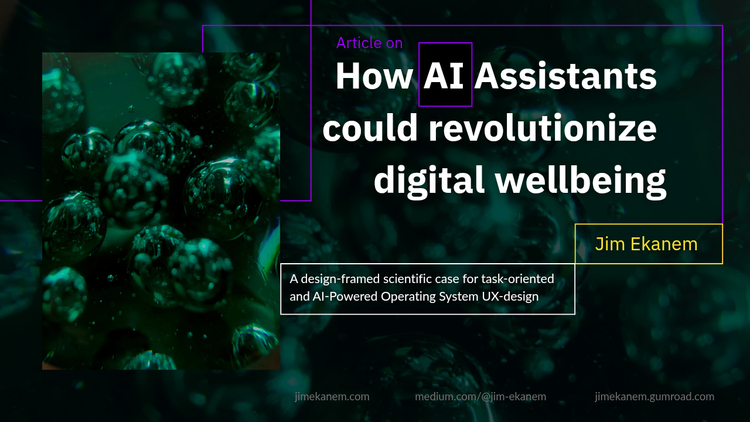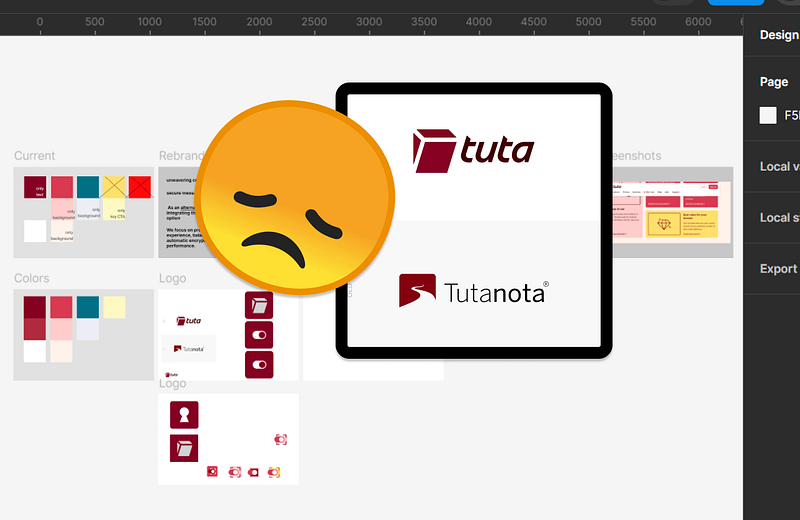12 AI tools that UX Designers actually use— A Dutch industry’s sample

The tools and AI features mentioned in this article:
- Miro
- Notion
- ChatGPT
- Otter.ai
- Perplexity.ai
- Elicit AI
- MS Teams
- Zoom
- Figma (AI plugins)
- Adobe Firefly
- Grammarly
- Bloomreach
Introduction
Relevance
Artificial Intelligence (AI) has secretly been part of our everyday apps for a while now. These days, however, it seems as if every new piece of software presented on Producthunt or LinkedIn must have the word AI in its name to appear credible. Looking at Google’s search trends in the past 5 years confirms this generalization. 2023 could objectively be seen as the year where AI took off. Time to check in with my industry, the field of UX / UI Design, on how AI has impacted practitioners in their line of work, and which tools are the most prevalent for what tasks.

Sample
In this section, you can read more about how the data this article is based on was collected. Read the image descriptions below, or skip directly to the results section if you’re curious about the AI tools used in UX.


Results: 13 AI tools beyond the hype
Lately, an incredible amount of AI features keep cropping up online, usually accompanied by a FOMO-inducing hype train. Ignoring the hype, this section presents those tools and AI features that UX practitioners actually report to use for their regular work. The tools have been categorized according to the tasks and needs they fulfill within UX, as reported by the workshop participants. My comments are written in cursive, and complement this description with examples of how certain tools have increased the efficiency of my own UX-work.
Collaboration and Organisation
Miro is a free online whiteboard platform that lets teams connect, collaborate, and create. Their AI feature helps individuals work more efficiently and collaboratively by automating time-consuming tasks and allowing them to focus on the creative aspects of their work. UX Designers described Miro AI’s ability to provide quick inspiration as its main impact on their work.
Notion is a versatile templating tool that lets people create, organize, and collaborate on a wide range of projects. Their AI feature helps UX Designers with note-taking and organization. Beyond this, Notion AI is capable of basic tasks like fixing grammar and spelling, creating blog post outlines, and writing emails. It can also assist the user by allowing the creation of action items from meeting notes, helping with problem-solving through prompts, and summarizing an entire Notion page.
(User) Research
ChatGPT is an AI chatbot capable of generating human-like text relating to a specific context and past conversations. UX Designers use it for generating content and insights for User Research, UX-Copwriting, Documentation, and Email writing.
I recently used ChatGPT to test the very workshop that yielded these results on adplist as an early feedback on it’s concept. You can read about how and why I did this in the article linked below titled “Workshop Design […]”:

Otter.ai is a web app for speech-to-text transcription. As a software plugin for popular video call software like MS Teams, Google Meet, and Zoom, it generates voice meeting notes and real-time transcription for users. Furthermore, it offers AI chatbot features to for instance prompt about past conversations. UX Designers use Otter.ai for transcribing user interviews which can be done in real-time, or via audio file uploads after the interviews.
Last year, I used Otter.ai to transcribe the audio from 10 usability test recordings. Purchasing the Pro Pricing-Plan for a month was sufficient for my use-case. At that point in time and technology, it was necessary to check dilligently for mistakes in the AI’s “translation”, and correct them if necessary. Overall, ensuring a clean qualitative data set in your research is crucial for the quality of the analysis’ results!
Perplexity.ai is an AI-powered search engine with chatbot functionality. It can be used to summarize papers, extract data, and synthesize findings, making it easier for researchers and academics to automate time-consuming research tasks
Analyze research papers.
Perplexity.ai helped me conduct the research for my article on “Why we need 11 Usability Heuristics”. You can read the revised version that was re-published in UX Magazine by clicking here:

Elicit AI is an AI research assistant that can help researchers and academics automate time-consuming research tasks, such as summarizing papers, extracting data, and synthesizing findings. UX Design students use Elicit AI to help them with conducting academic research and conducting literature reviews.
MS Teams is a business communication platform offering workspace chat, videoconferencing, file storage, and app integration. UX Designers use MS Teams for captions and auto transcriptions during team meetings and user research.
I used MS teams transcription during one of the usability tests I mentioned earlier in the article. Due to the participant not being available in person, the test had to be conducted online. This AI feature enhanced my productivity greatly, however, the transcript had to be re-read and corrected just like it was the case with Otter.ai.
Zoom is a videoconferencing and collaboration platform. Like MS Teams, UX Designers use Zoom for captions and auto transcriptions during team meetings and user research. It could be interesting to see the impact of Zoom’s AI companion that was announced in September 2023 — after the data collection for this article was completed.
Wireframing, Prototyping, Visual Design:
Figma is a collaborative application for user interface (UI) design. It has a powerful plugin system that extends the functionality of the app with many AI plugins that are available for free. Figjam, like Miro, is a digital whiteboard. Figjam is part of the Figma ecosystem and allows teams to collaborate and brainstorm. UX Designers use Figma AI plugins to enhance their productivity and the quality of their prototypes and visual design.
Framer is a website builder that aims to make building professional sites easy and fast. Framer’s AI enables users to create complete landing pages based on a custom prompt. UX Designers use Framer to save time when tasked with creating great visual designs.
Adobe Firefly is a generative machine learning model that generates and manipulates images based on a user’s text prompt or other input. Its features include Generative fill, Vector-based manipulation, and image generation. UX Designers use Adobe Firefly to create and manipulate visual designs according to their imagination or certain requirements.
Grammarly is a typing assistant that reviews spelling, grammar, and other writing errors and detects plagiarism. UX Designers use Grammarly to review UX Copywriting.
Bloomreach is a cloud-based e-commerce experience platform and B2B service that specializes in marketing automation, product discovery, and content management systems. Bloomreach AI can help with marketing by generating content, optimizing channels and timing, and predicting customer behavior. UX Designers save time when using Bloomreach AI to generate content ideas when collaborating with marketing departments.
Conclusion, Limitations, Future Work
Only Prototyping is influenced by AI
In conclusion, there are several tools that are used by practitioners and students in the field of UX. Contrary to the hype around AI tools for UX, many of them can be seen as general tools for collaboration and productivity in business. In light of this, looking at the few UX-specific tools while disregarding academic use, only the category “wireframing, visual design, prototyping” seems to be under the influence of AI development.
Dutch sample impacts generalizability
Since this is the internet, and content can be reposted in an instance around the world, I feel responsible for reminding readers about a few things with regard to the generalizability of my findings. Firstly, my findings are based on a sample of 40 UX Designers in Utrecht, The Netherlands. Secondly, the data was collected from groups during a large, openly accessible workshop hosted by Meetup. Thus, if readers or academics are interested in researching deeper on this topic they should consider the steps described in the following subsection.
To be validated with global quantitative data
For future work, it would be interesting to conduct large quantitative studies to verify the qualitative findings presented in this article. Next to demographic data, a quantitative study should inquire about UX Designers’ job descriptions, their experience, and their industry. Conducting a quantitative study to continue where this article left off, would be a great opportunity to provide the field with a richer context about the practical relevance of the various tools and AI features that are out there.





